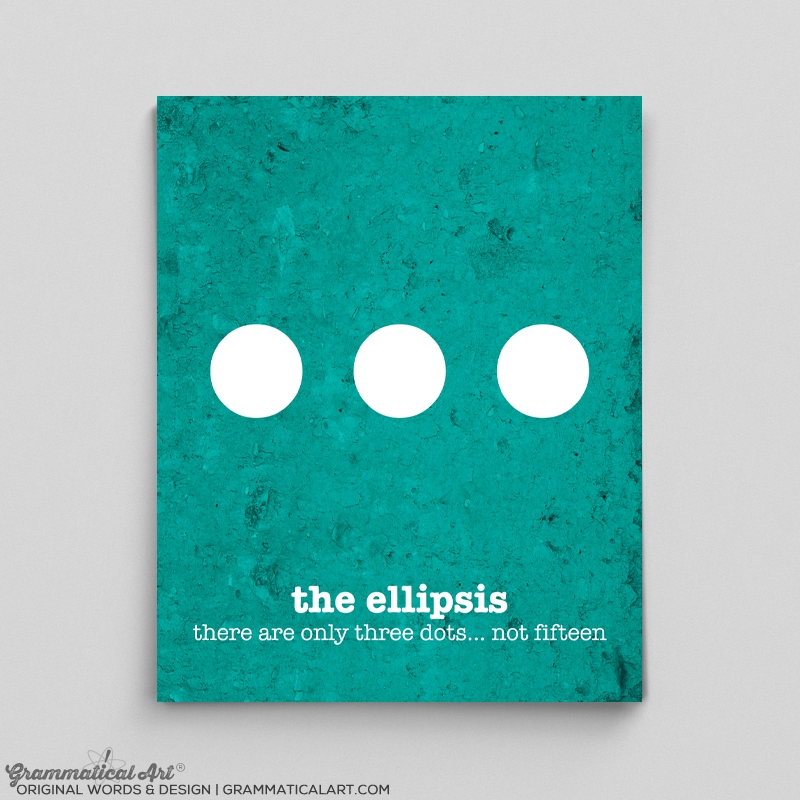Ellipsis grammar is a key component of writing that often goes unnoticed. It involves the omission of words in a sentence to create a more concise and fluid expression of thoughts. Understanding how to use ellipsis correctly can greatly enhance the clarity and effectiveness of your writing.
Many writers struggle with knowing when and how to use ellipsis in their writing. This punctuation mark can be used to indicate a pause in speech, indicate omitted words in a quote, or create a sense of suspense or uncertainty in a sentence. By mastering the rules of ellipsis grammar, you can improve the flow and readability of your writing.
Ellipsis Grammar
One of the most common uses of ellipsis is to show that a portion of quoted material has been omitted. This is often seen in academic writing when citing sources. For example, if you are quoting a passage from a book but only want to include a portion of it, you would use ellipsis to indicate the omitted text. It is important to use ellipsis accurately to maintain the integrity of the original quote.
In addition to indicating omitted words, ellipsis can also be used to create a sense of suspense or uncertainty in a sentence. By leaving out certain words, you can build tension and engage the reader in a more dynamic way. This technique is often used in fiction writing to keep the reader guessing and wanting to know more.
However, it is important to use ellipsis sparingly and appropriately. Overusing ellipsis can make your writing seem disjointed or unclear. It is important to strike a balance between using ellipsis to enhance your writing and using it in a way that is distracting or confusing to the reader.
In conclusion, ellipsis grammar is a valuable tool that can help writers create more concise and engaging prose. By understanding the rules and guidelines for using ellipsis, you can improve the clarity and effectiveness of your writing. Remember to use ellipsis thoughtfully and strategically to enhance your writing without overshadowing your message.
